The exercise aimed to enhance combat readiness, incident response capability, and consequence management, thus protecting the safety of lives, property, and the environment.
The simulated scenario was that a hazardous incident occurs when an unmanned aerial vehicle (UAV) carrying dangerous materials crashes near Tan Xuan Station, dispersing toxic substances within a confined area and affecting civilians and infrastructure. The situation requires the mobilization of emergency response forces to isolate the area and decontaminate the environment.
In response to the emergency, the Civil Defense Command of the Chemical Corps directed the National Action Center for Chemical and Environmental Incident Response to coordinate with relevant agencies under the Ministry of National Defense, the Ministry of Public Security, the Ministry of Science and Technology, and the Ministry of Agriculture and Environment to deploy forces and equipment for joint incident handling. Chemical Brigade 88 promptly dispatched specialized units to the site to manage the situation.
Participating forces included reconnaissance, rescue, medical, decontamination, detoxification, and logistics teams tasked with neutralizing hazardous agents, cleaning the affected environment, and ensuring site safety. All participating units adhered to technical procedures and safety standards and effectively minimized damage.
Beyond strengthening inter-sectoral coordination, the exercise was also to assess command and organizational capacity, equipment utilization, and field readiness under realistic conditions. It allowed forces to gain hands-on experience in operating modern equipment and technologies, thereby improving their ability to master new scientific and technical systems and meet mission requirements in the current context.
Through the exercise, participating forces gained a firm grasp of operational procedures and enhanced coordination and command skills. It also created foundation to refine inter-sectoral mechanisms and training programs. These efforts help ensure readiness to respond effectively to chemical, biological, radiological, and nuclear incidents in all situations.
Below are photos of the exercise.
    |
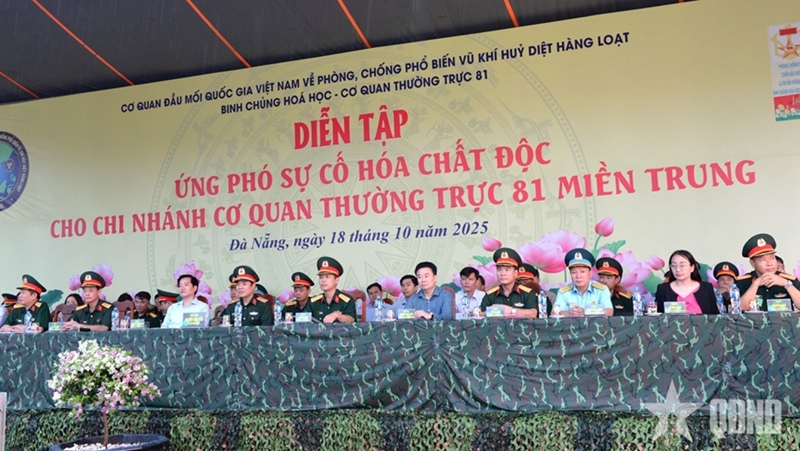 |
|
Delegates observing the exercise |
    |
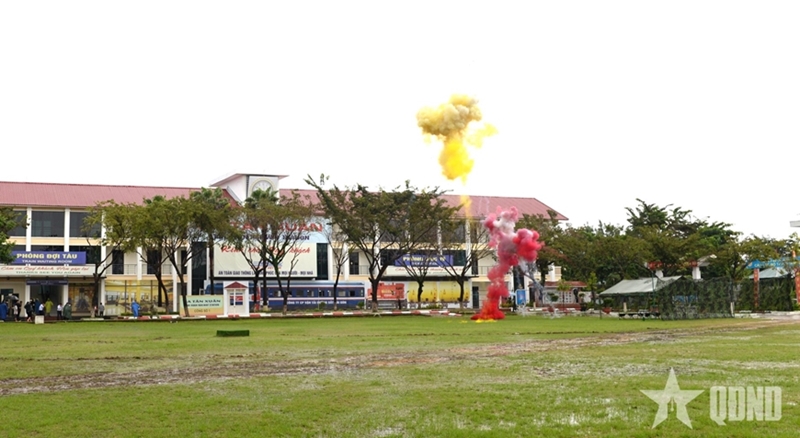 |
|
The simulated scenario is that a UAV carrying hazardous materials crashes near Tan Xuan Station, releasing toxic substances in a confined area. |
    |
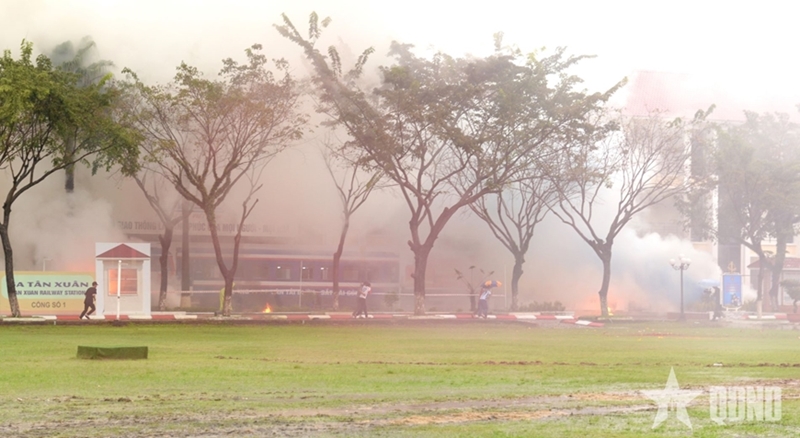 |
|
Response forces guiding civilians to safe zones |
    |
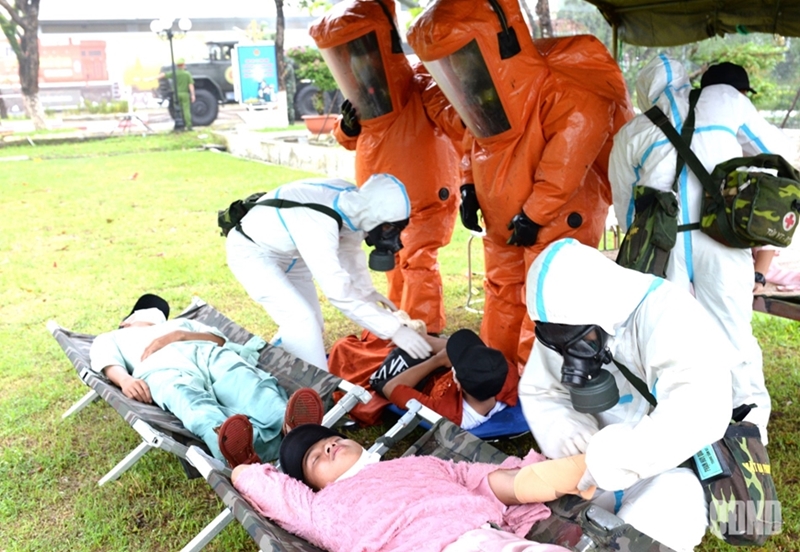 |
|
Medical teams providing first aid for injured passengers |
    |
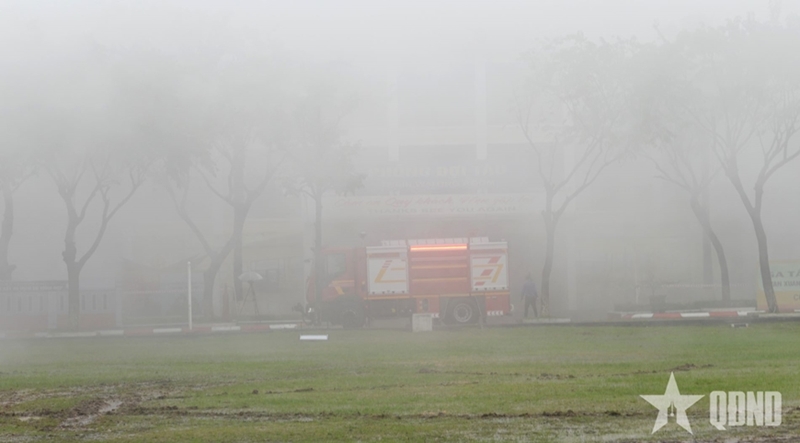 |
|
Firefighting units extinguishing fires at the scene. |
    |
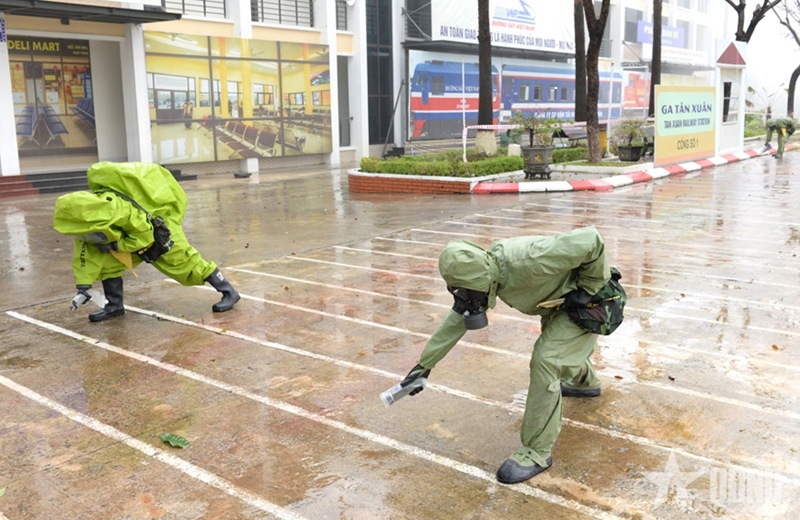 |
|
Reconnaissance teams surveying Tan Xuan Station area to identify the type and concentration of toxic agents |
    |
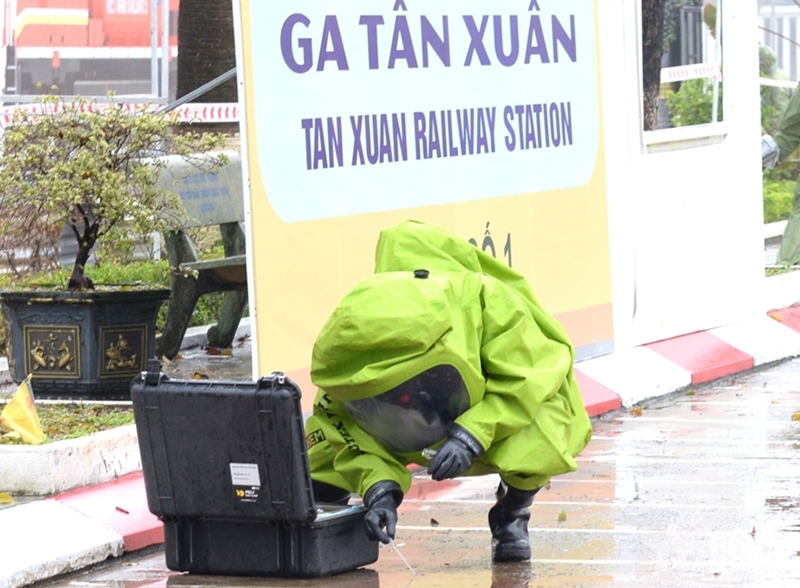 |
|
Specialists collecting samples of hazardous substances |
    |
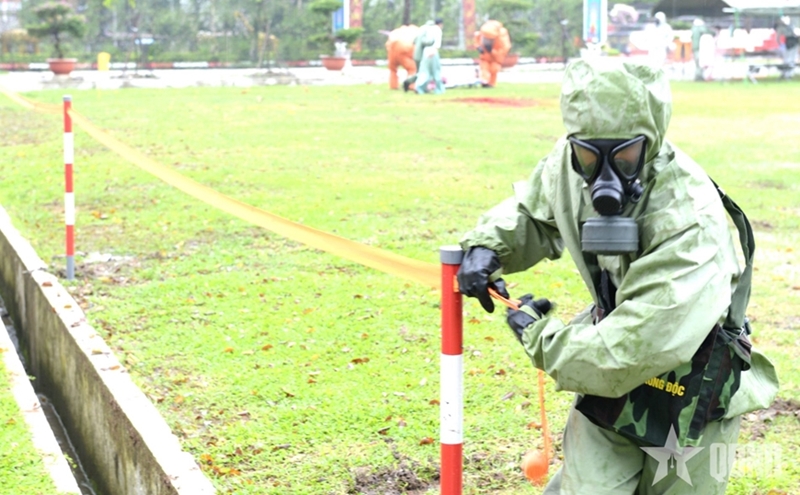 |
|
Teams marking and cordoning off contaminated areas containing toxic chemicals and radioactive materials |
    |
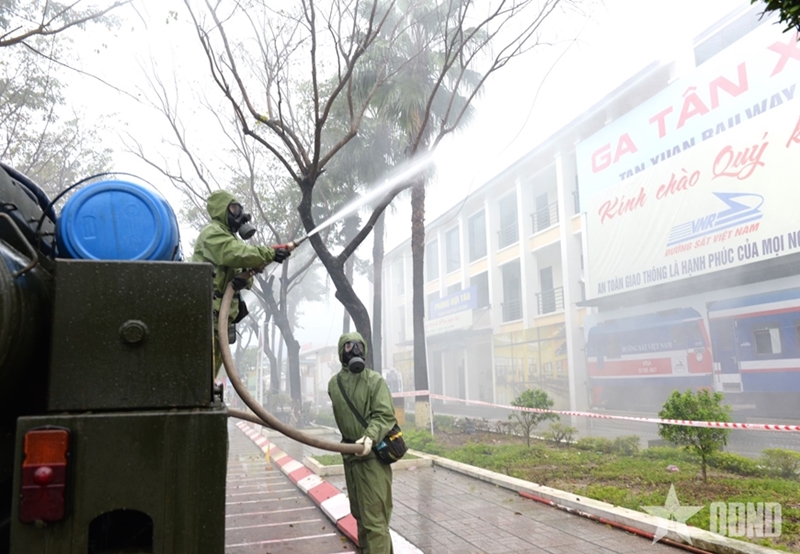 |
|
Chemical troops conducting decontamination of cars and station facilities |
    |
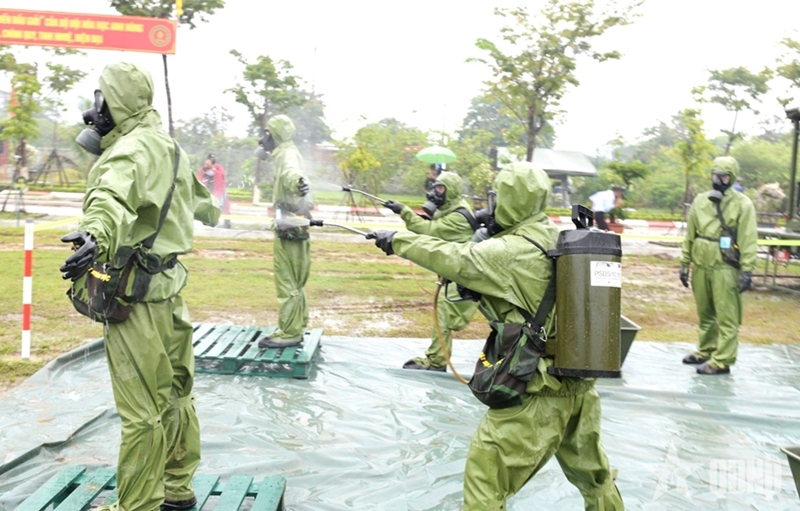 |
|
Self-decontamination after completing the missions |
    |
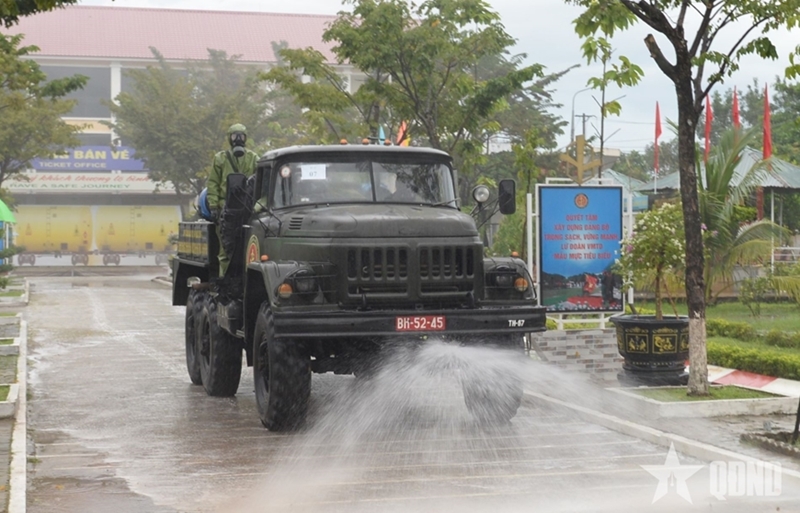 |
|
Roads decontaminated using ARS-14 vehicles |
    |
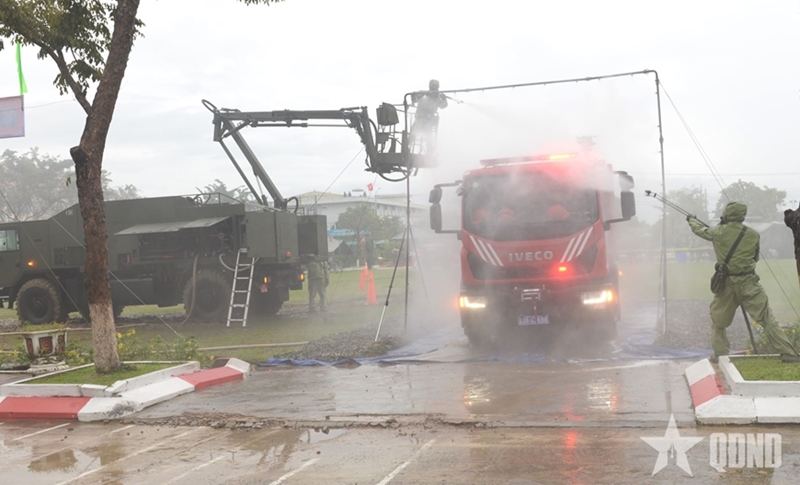 |
|
Equipment and vehicles disinfected after task completion |
    |
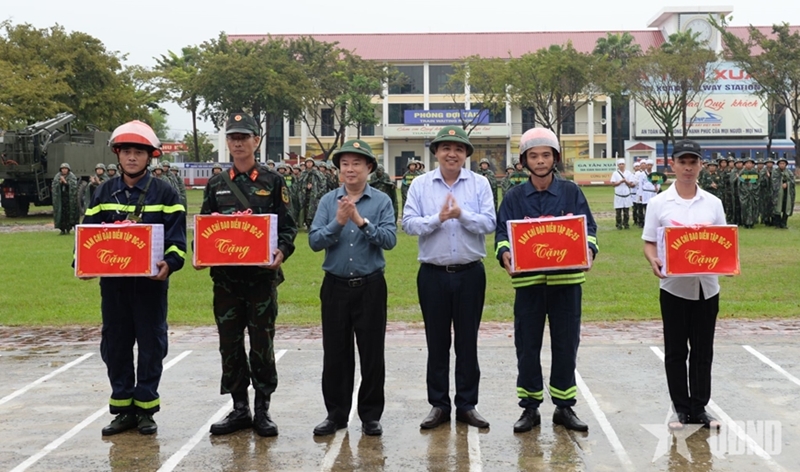 |
|
Outstanding units and individuals honored |
Translated by Tran Hoai